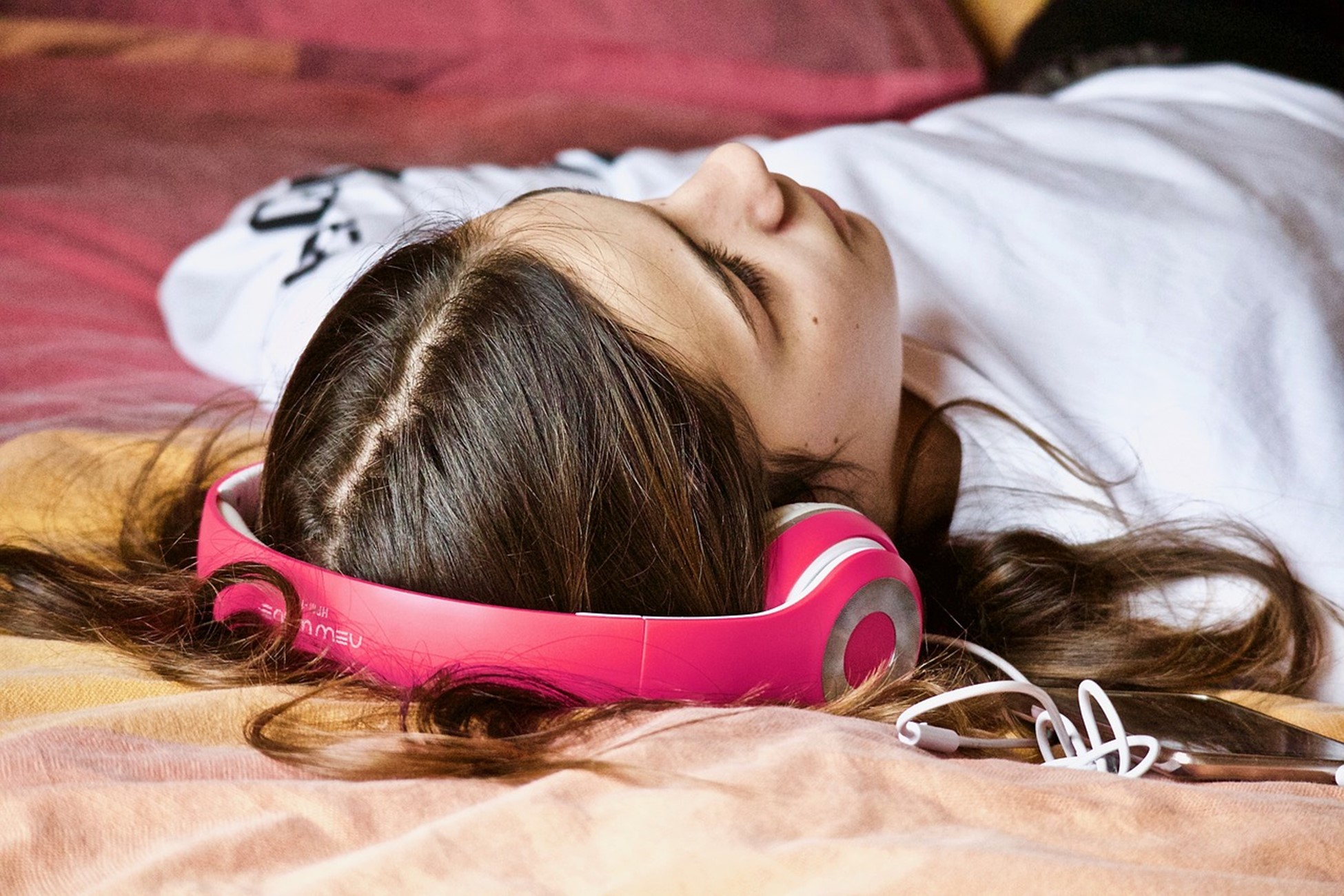 Written by Jennifer McGregor
Written by Jennifer McGregor
Living—and thriving—with autism presents unique challenges. That said, parents can look for ways to help their kids thrive. Creating dedicated spaces for your child to feel safe, comfortable, and appropriately stimulated doesn’t have to be expensive. Noble offers some ideas on affordable home features that can help kids with autism reach their full potential.
Don’t Overspend on Essentials
Purchasing the items you need—and want—for your home doesn’t have to break your budget. Hunt down promo codes and coupons from your favorite retailers to help save money while getting everything on your list. Shopping online can also reveal special discounts for must-have products. And remember, if some items can wait, you can always look for special deals to reap additional savings.
Overhaul the Bedroom with Calming Features
Autism Speaks notes that sleep problems are overwhelmingly prevalent in children with autism. Therefore, focusing on your child’s sleep environment is a smart first step in overhauling your home. One easy and affordable way to encourage calming feelings at bedtime is by ensuring the room is dark and cozy. A gallon of darker paint—blue might even help prolong rest—blackout curtains, and a white noise machine are all inexpensive solutions for making the bedroom more inviting.
Create a Space to Pursue Interests
Setting aside an area for children to explore their senses and passions is ideal. You can set up sensory bins of activities for younger children, while older kids can have a work area for their current interests. From art spaces to a spot to work on LEGO builds, creating a sensory-friendly workspace is budget-friendly, too. Involve your child in creating the space whenever possible, and don’t be afraid to change things up as their interest wanes.
Focus on Sensory-Friendly Lighting
Children on the autism spectrum often struggle with sensory overload, notes Otsimo. For many kids, this can mean sensitivity to light. Light flashes—even seemingly minor ones such as with fluorescent lighting—can cause discomfort and stress. Swapping out lightbulbs (or fixtures) might be a simple fix to help your child feel more comfortable and relaxed at home.
Ease Discomfort from Noise
For kids with a sensitivity to sound, a noise machine or even smartphone apps can help cut out background noise. Strategies for managing noise can help your child feel more in control of his or her environment. Using noise-canceling headphones for white noise and keeping an area of the home quiet for breaks from all the commotion are ideal solutions.
Incorporate Kid-Sized Gym Equipment
Many parents joke about not having furniture at home but instead having trampolines, slides, swings, and cushions around the house. As studies show, children with autism often display proprioceptive processing difficulties—which essentially means they benefit from repetitive physical movements like jumping, rolling, and other large motor activities. A small trampoline or even a pile of pillows or cushions is a safe and affordable way to accommodate your child’s need to move.
Make Your Routine Known
Most kids benefit from a routine or schedule, but home routines are especially critical in providing comfort for children with autism. Having predictability in their everyday lives helps many children with autism by knowing what will come next. You can set timers, create posters or signs with each step for daily tasks, or post a calendar for your child to track the day’s events.
Smart Planning Can Help Everyone
While creating a home that is welcoming and supportive for children with autism requires some planning, it doesn’t have to break the bank. Smart additions to your home and your child’s daily routine can enhance their quality of life in ways that are both affordable and effective.
Noble envisions in a world in which children and adults of all abilities live out their dreams in a community that embraces their contributions and recognizes them as fully participating members of our society. Reach out today for more info!











